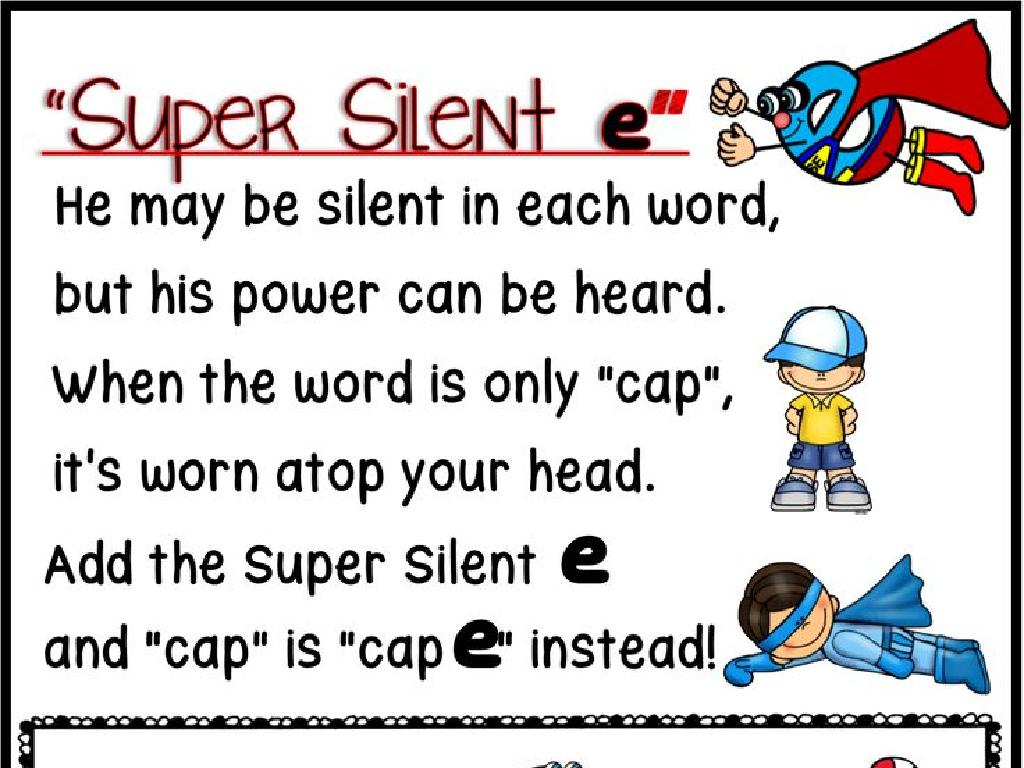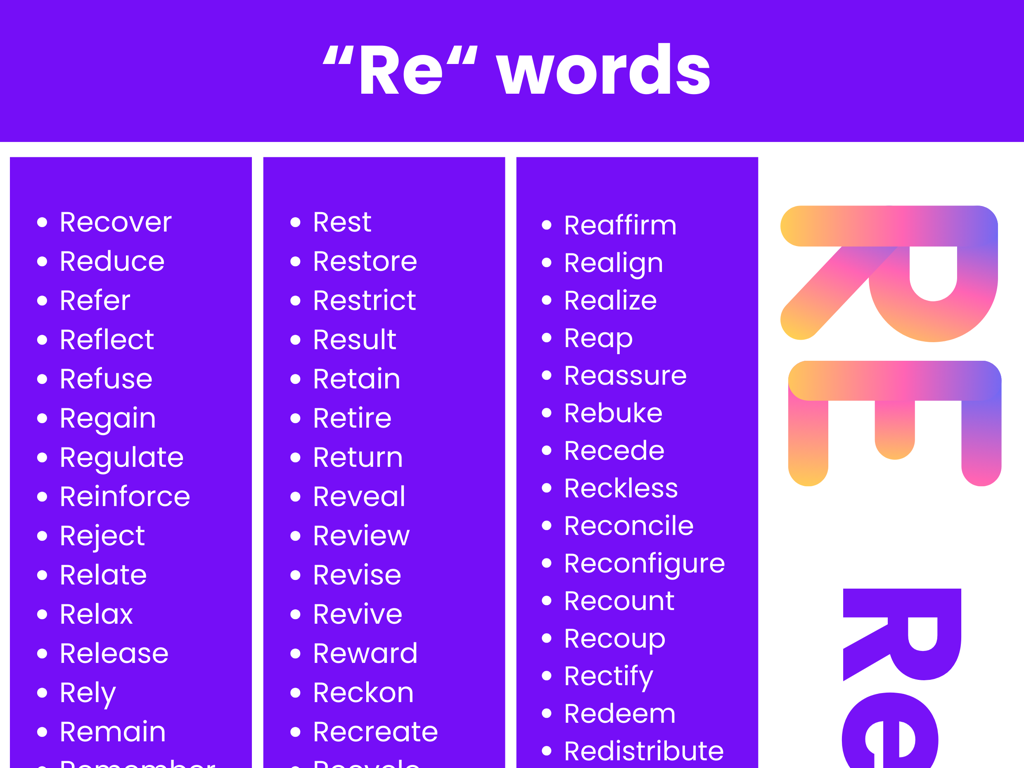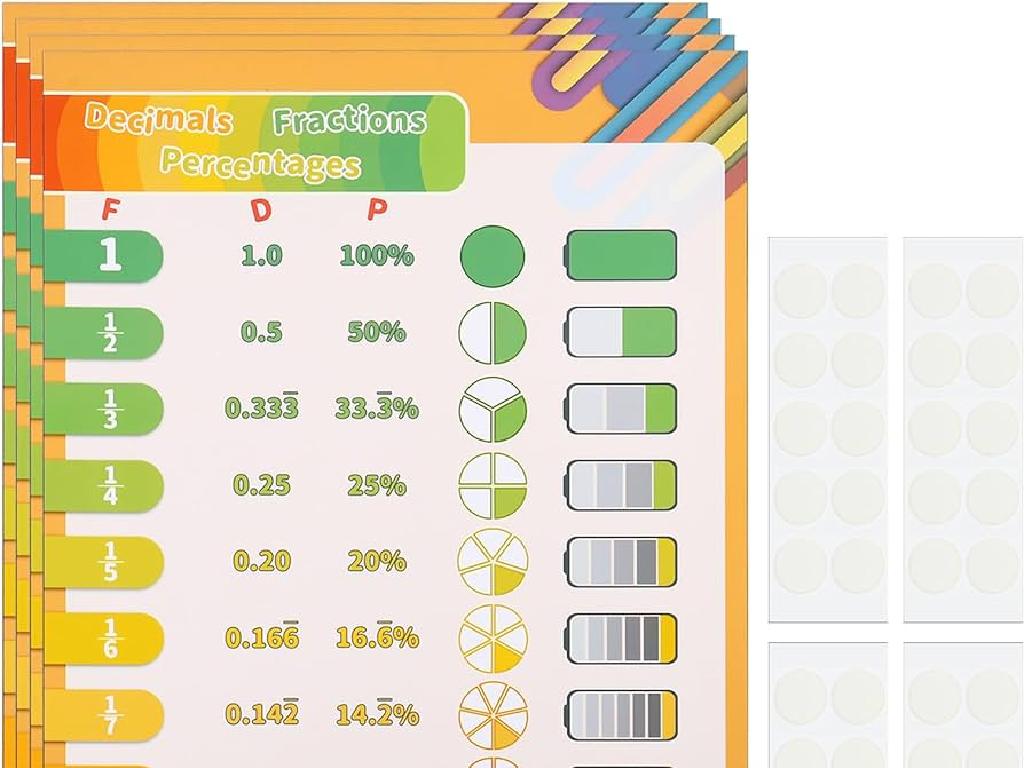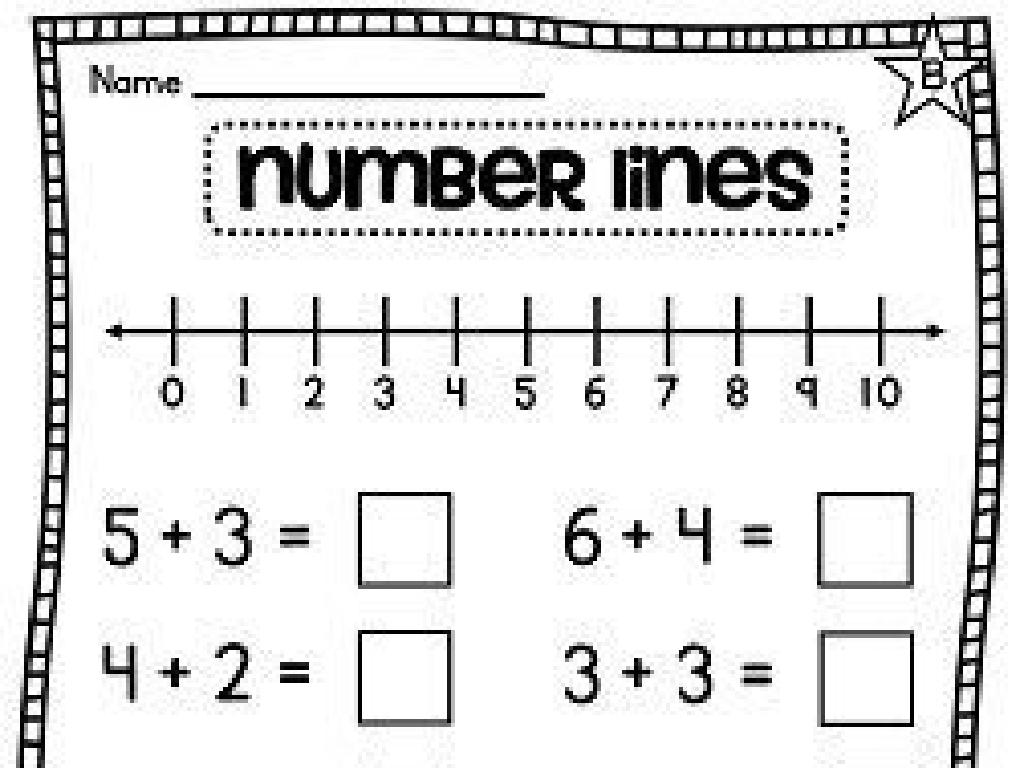Create Frequency Charts
Subject: Math
Grade: Fourth grade
Topic: Data And Graphs
Please LOG IN to download the presentation. Access is available to registered users only.
View More Content
Understanding Frequency Charts
– What is a frequency chart?
– A tool to count how often each data point appears.
– Organizing data with charts
– Sort numbers or items to see patterns easily.
– The importance of charts
– Charts help us compare information and make decisions.
– Activity: Create your chart!
– Use a list of favorite fruits to make your own chart.
|
Begin the lesson by explaining that a frequency chart is a way to show how often something happens or occurs, which is also known as frequency. Emphasize the importance of organizing data to make it easier to understand and analyze. Discuss why creating charts is crucial: they help visualize data, making it simpler to compare and interpret information. For the activity, provide students with a list of fruits and ask them to tally the frequency of each fruit mentioned by their classmates, then create a chart with this data. This hands-on activity will help solidify their understanding of the concept.
Understanding Data
– Data: Facts collection
– Data includes numbers, words, and measurements.
– Everyday life data examples
– Weather temperatures, class attendance, daily steps.
– Organizing data
– Data can be sorted by type, size, or time.
– Frequency charts usage
– Frequency charts show how often something occurs.
|
This slide introduces the concept of data to fourth-grade students. Begin by explaining that data is a collection of facts that can be in the form of numbers, words, measurements, or observations. Provide relatable examples such as daily temperatures, attendance in class, or the number of steps taken in a day to illustrate the concept of data in everyday life. Emphasize that data can be organized in various ways to make it easier to understand and use. Introduce frequency charts as a tool for organizing numerical data to show how often something occurs, setting the stage for the next part of the lesson where students will learn to create their own frequency charts. Encourage students to think of other examples of data they encounter daily.
Understanding Frequency Charts
– What is a frequency chart?
– A visual tool for showing how often things occur
– Frequency charts help us count
– We tally items or events to see the total number
– They make comparison easier
– Charts allow us to see which items or events are most or least common
– Example: Charting classroom items
– Count how many of each type of item we have in our classroom
|
Introduce the concept of a frequency chart as a visual representation that helps us understand how often things happen. Emphasize its usefulness in organizing and counting information, making it easier to compare different sets of data. Provide an example by creating a simple frequency chart using familiar items, such as the number of different colored markers in the classroom. This will help students grasp the concept with a tangible example. Encourage students to think of other examples where frequency charts could be useful, such as keeping track of daily weather or recording the number of times a word is used in a story.
Creating a Frequency Chart
– Step 1: Collect your data
– Gather information you want to chart, like favorite fruits.
– Step 2: Choose data categories
– Sort data into groups, such as types of fruits: apples, bananas, etc.
– Step 3: Tally data in categories
– Make marks for each data point in the right group.
– Step 4: Count tallies for frequency
– Add up the marks to see how many times each category occurs.
|
This slide guides students through the process of creating a frequency chart, an essential skill in understanding data representation. Start by collecting data, which could be anything from favorite fruits to daily temperatures. Next, categorize the data into logical groups. Then, use tallies to represent each data point in its respective category, which is a clear and visual way to organize information. Finally, count the tallies to determine the frequency of each category. This process helps students visualize and interpret data, and it’s a fundamental step in developing their analytical skills. In the next class, we can have an activity where students collect data about their classmates’ favorite books and create a frequency chart based on the collected data.
Creating a Frequency Chart: Favorite Fruits
– Collaborate on a frequency chart
– Example: Class favorite fruits
– Let’s see which fruits are most popular in our class!
– Learn to categorize fruit choices
– We’ll group the same fruits together
– Practice tallying our data
– Each tally mark represents one vote for a fruit
|
This slide is designed to introduce students to the concept of frequency charts using a fun and relatable example: their favorite fruits. Begin by explaining that a frequency chart is a way to show how often something happens. Use the example of the class’s favorite fruits to make it interactive. Show them how to categorize the data by grouping the same fruits together and then tallying the number of times each fruit is chosen. This hands-on activity will help students understand how to collect and organize data, as well as how to interpret it. Encourage participation by asking students about their favorite fruits and guide them through the process of creating the chart. After completing the chart, discuss the results to see which fruit is the most popular and why frequency charts are useful.
Your Turn: Conduct a Class Survey!
– Conduct a survey with classmates
– Choose a fun survey topic
– Pick topics like favorite books or sports
– Tally the results together
– Use tally marks for each response
– Create a frequency chart
– Display data visually on a chart
|
This slide is designed to engage students in a hands-on activity to understand how to collect and represent data using frequency charts. Divide the class into small groups and have each group decide on a survey topic that interests them. They will then collect data from their classmates on that topic. Guide them on how to use tally marks to record the responses efficiently. Once the data is collected, each group will create a frequency chart to represent their findings visually. This activity will help students grasp the concept of data collection and visualization, and the importance of organizing data in a way that can be easily interpreted. Provide examples of frequency charts and ensure each group has the necessary materials to complete their charts.
Reviewing Our Frequency Charts
– Group chart presentations
– Learning from the charts
– What patterns do you notice? Any surprises?
– Understanding data with charts
– Charts make numbers easier to see and compare.
– Discussing chart insights
– How do the charts help us make decisions?
|
This slide is meant for a class activity where students will present the frequency charts they have created. Each group will take turns to show their chart and explain what it represents. The class will then discuss what information can be gleaned from these charts, such as patterns or trends in the data. Emphasize how visual representations like charts can simplify complex data, making it easier to understand and analyze. Encourage students to think critically about how the information presented in the charts can influence decisions or provide new insights. Prepare to guide the discussion with prompts and ensure that each group gets feedback on their presentation.
Class Activity: Craft Your Frequency Chart
– Pick a topic you like
– Gather data from friends
– Create your frequency chart
– Use tally marks for counting
– Present your chart to class
– Share what your data shows
|
This activity is designed to reinforce students’ understanding of frequency charts by applying their knowledge to real-world data they collect themselves. Encourage students to choose topics they are genuinely interested in to make the activity more engaging. Possible topics could include favorite fruits, types of pets, or preferred games. Provide students with a data collection sheet to record responses from classmates. Once data is collected, guide them through the steps of creating a frequency chart, using tally marks to represent the data. Finally, have each student present their chart to the class, explaining what their data represents and any interesting findings they discovered. This will help students practice their presentation skills and interpret data in a meaningful way.
Frequency Charts Mastery
– Congratulations on learning frequency charts!
– Organizing and comparing data skills
– Sort data into categories and count occurrences
– Frequency charts are practical tools
– Use charts in math class and for everyday decisions
– Keep practicing with different data sets
– Try making charts for chores or class reading logs
|
Well done to all the students for their hard work in understanding frequency charts! These charts are a fundamental aspect of data representation, helping us to organize information in a clear and concise manner. By learning to compare data, students can make better decisions based on the information presented. It’s important to emphasize the real-world application of frequency charts, such as in surveys or keeping track of daily activities. Encourage the students to continue practicing by creating frequency charts for any data they encounter, like tracking the number of books read in a month or the frequency of different weather patterns. This will help solidify their understanding and show them the value of these charts in everyday life.






